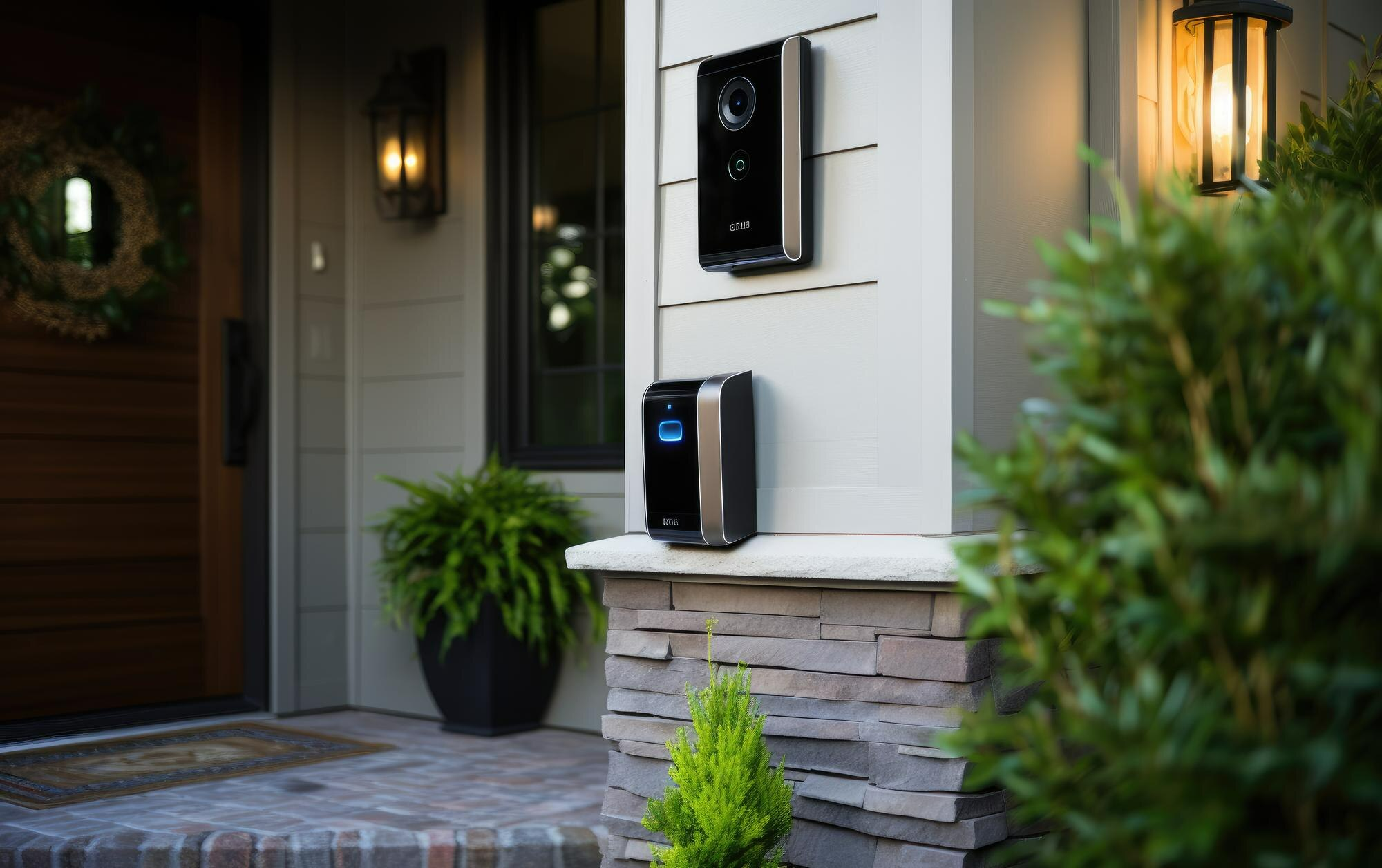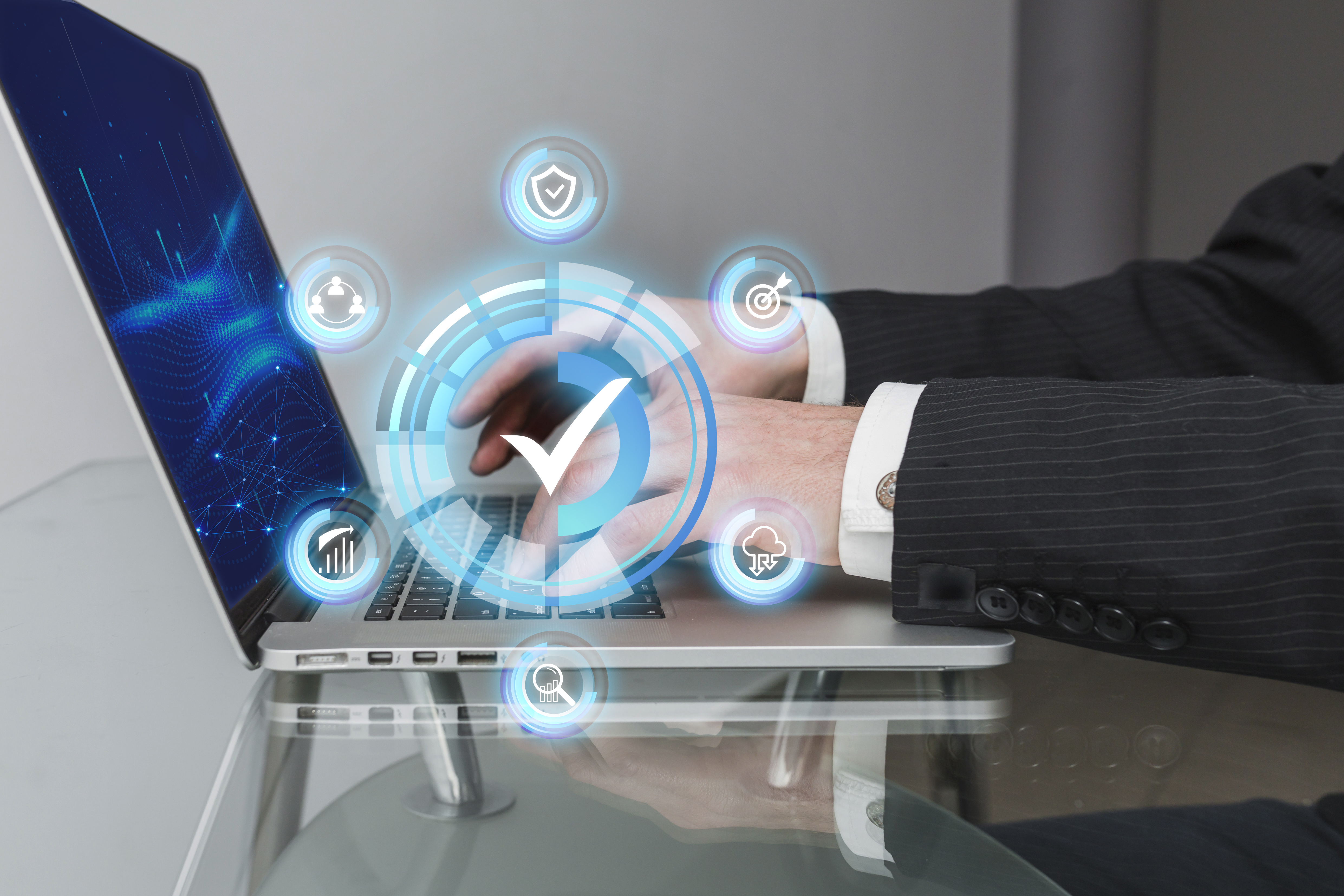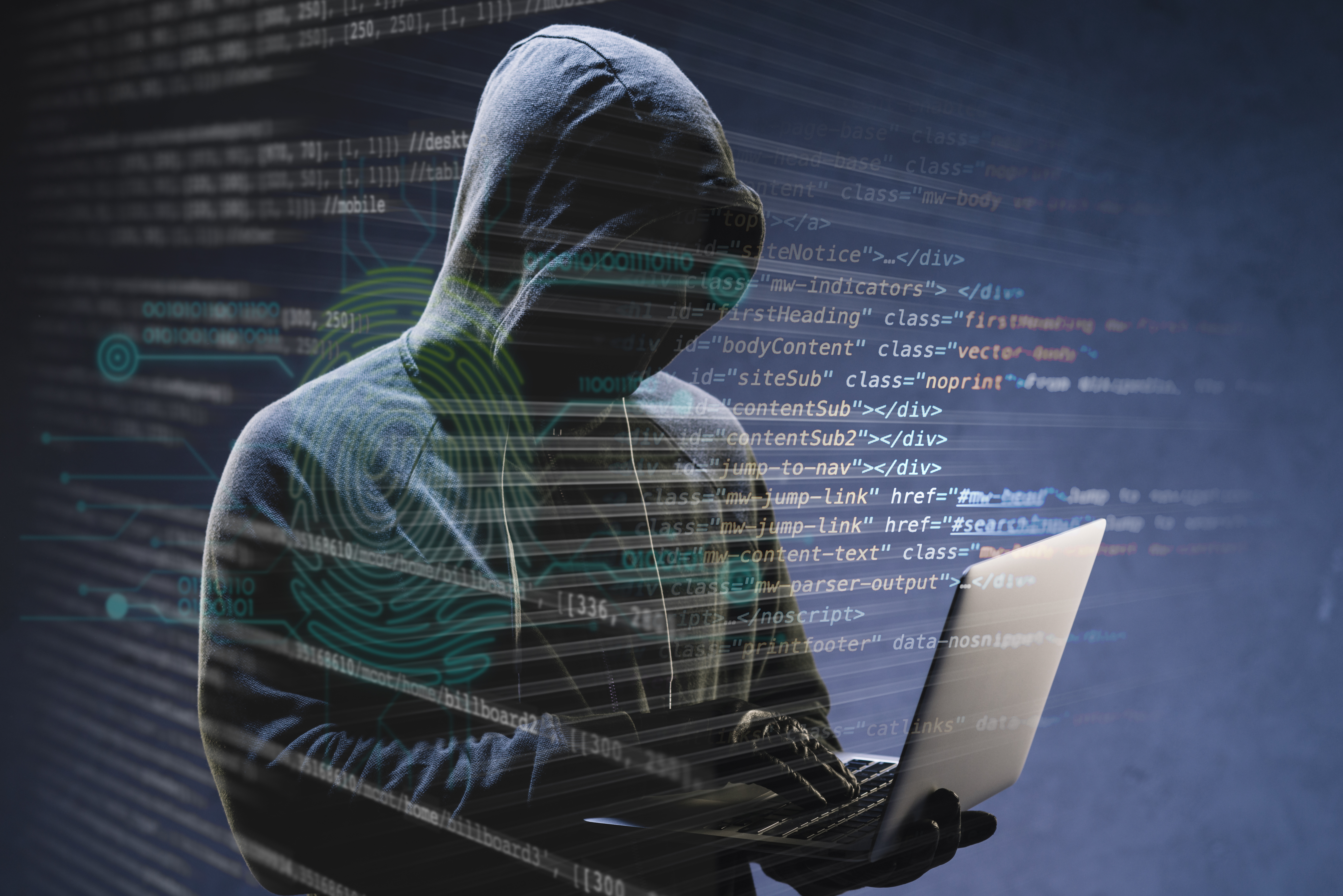
How Secure Are Your Smart Doorbells and Cameras?
With news of cameras being hijacked frequently, it's becoming clear that the Internet of Things (IoT) security crisis is real. But the good news is that there are steps you can take to protect your devices from hackers.
If you're building a smart home, it's essential to understand the risks associated with IoT security. Once your devices are connected to the internet, you're opening yourself up to potential threats like identity theft, data breaches, and malware attacks.

How Can You Tell If Your Device Is Hacked?
It's important to recognize the signs early if a hacker has accessed your device. Some red flags to watch for:
- Abnormal camera movements
- Security settings suddenly change
- Blinking LED lights
- Strange noises or voices coming from the device
- The camera following your movements (indicating someone might be watching you)
If you notice any of these, it's crucial to act fast.
Immediate Steps to Take If You're Hacked
The first thing to do is disconnect your device from the internet immediately. Physically remove it from its power source if possible.
How to Protect Your Devices From Future Attacks
Preventing future hacks requires a layered security approach. Here are essential safeguards:
- Secure Your WiFi:
- Use a strong, unique password.
- Avoid public WiFi sharing; set up a guest network with a different password.
- Enable Wi-Fi Protected Access (WPA2) encryption, disable SSID broadcasting, and secure your router's remote management.
- Periodically check which devices are connected to your network.
- Install a firewall and antivirus software to protect against malware.
- Device Security:
- Choose devices that can't be easily tampered with or physically removed.
- Ensure your device's software is always up to date. Regular updates patch security vulnerabilities.
- Enable Two-Factor Authentication (2FA):
- Two-factor authentication adds an extra layer of protection by requiring a second verification step, such as a text message code.
- For example, Ring customers can enable 2FA through the app for added security.
- Encryption:
- Make sure you're using devices from reputable manufacturers that offer encryption. Encryption makes it harder for hackers to access your data.
- Manage Old Footage:
- Delete old video footage or data files to limit your exposure in the event of a breach.
- Watch Out for Phishing Attempts:
- Be cautious about sharing your login details and always verify the source before clicking on links or giving out information.
Securing your smart doorbell or camera doesn't have to be complicated, but it does require vigilance. By following these steps, you can protect your home and personal data from hackers. Stay proactive and keep your devices secure!
Conclusion
Securing your smart doorbell or camera doesn't have to be complicated, but it does require vigilance. By following these steps, you can protect your home and personal data from hackers. Stay proactive and keep your devices secure!
Leave a comment
Related Posts

Is Your Business Prepared? Key Steps for Disaster Recovery & Continuity Certification
But how does it relate to Disaster Recovery (DR), and why are they often misunderstood or misaligned? Let's break it down:

Artificial Intelligence Governance Part I
It's becoming increasingly clear that most new cybersecurity products involve some form of machine learning (ML) or artificial intelligence (AI).

How Can We Prevent, Detect, and Recover from Cyberattacks?
A thorough investigation of cyberattacks underscores the considerable damage these incidents can cause. Below are several key points that can help organizations identify potential threat actors.

